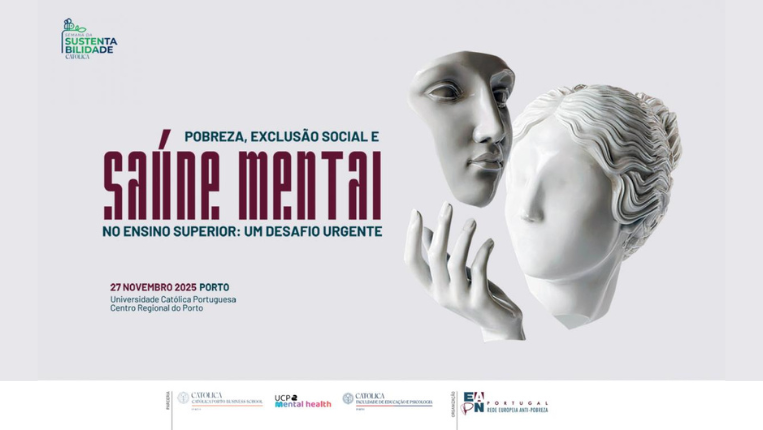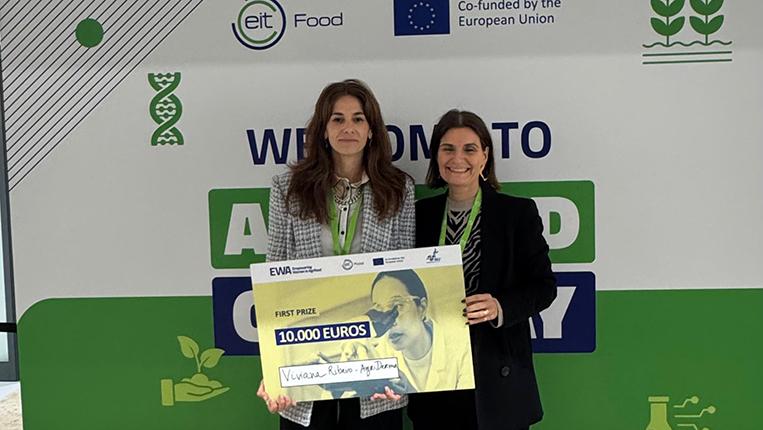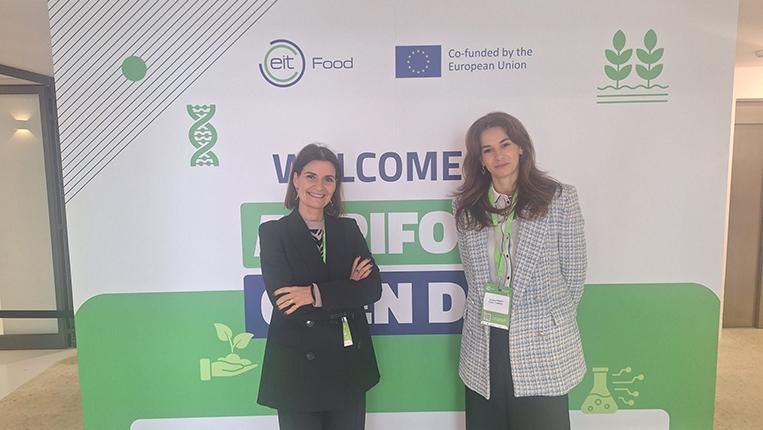Viviana Pinto Ribeiro, a researcher from the Biomaterials and Biomedical Technology group at the Centre for Biotechnology and Fine Chemistry (CBQF) of the Faculty of Biotechnology at Universidade Católica Portuguesa, has been awarded the 1st prize of the Empowering Women in Agrifood (EWA) programme, promoted by EIT Food (European Institute of Innovation and Technology).
AgriDerma: transforming a by-product into biomedical innovation
The researcher was distinguished with the project AgriDerma, an innovation that transforms an agro-industrial by-product, rabbit skin, into a high-value dermal substrate for research, pre-clinical testing, and future regeneration of complex wounds. This recognition marks an important milestone in the project’s trajectory, which is currently reaching new levels of technological maturity, positioning itself as a disruptive solution to three major global challenges: the lack of truly representative skin models, the need for alternatives to animal use in laboratory testing, and the demand for more effective, ethical, and sustainable dermal substitutes.
“This achievement was only possible thanks to the support of my mentor, Margarida Mota (HUBEL VERDE), whose commitment and dedication to the programme were decisive,” highlights Viviana Ribeiro, who also expressed her gratitude to all EWA professionals, organisers, trainers, speakers, and fellow women entrepreneurs who, she states, “made this journey truly transformative.”
The success of AgriDerma also reflects the work of the entire team: Ana Leite Oliveira, Marta Rosadas, Alda Sousa, Ricardo Figueiredo and Patrícia Gomes, whose efforts helped transform an industry by-product, supplied by the tannery, into a sustainable and scientifically advanced biomaterial.
With this distinction, the project gains not only visibility but also momentum for the next phase: validation and scaling of a high-performance biological matrix, accelerating the path towards innovative, ethical, and accessible clinical solutions that can transform the treatment of chronic wounds and the future of sustainable biotechnology.







